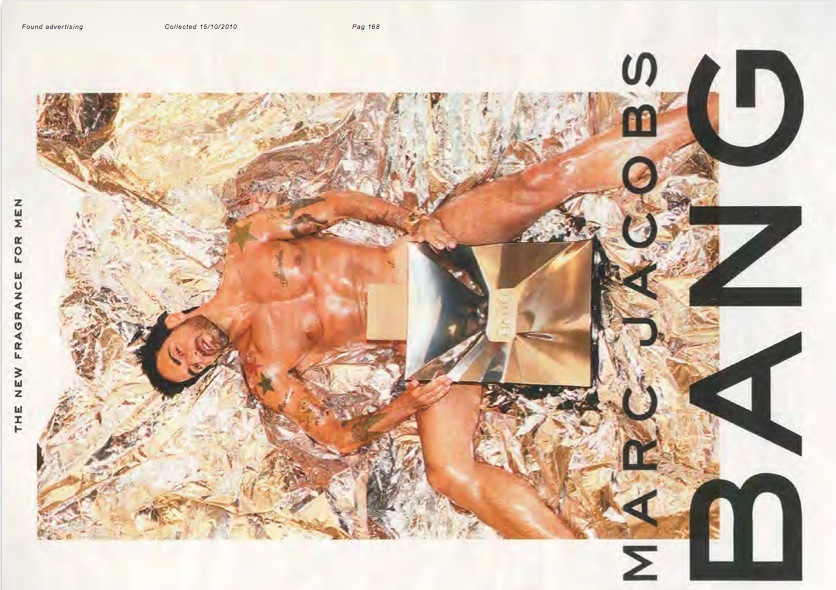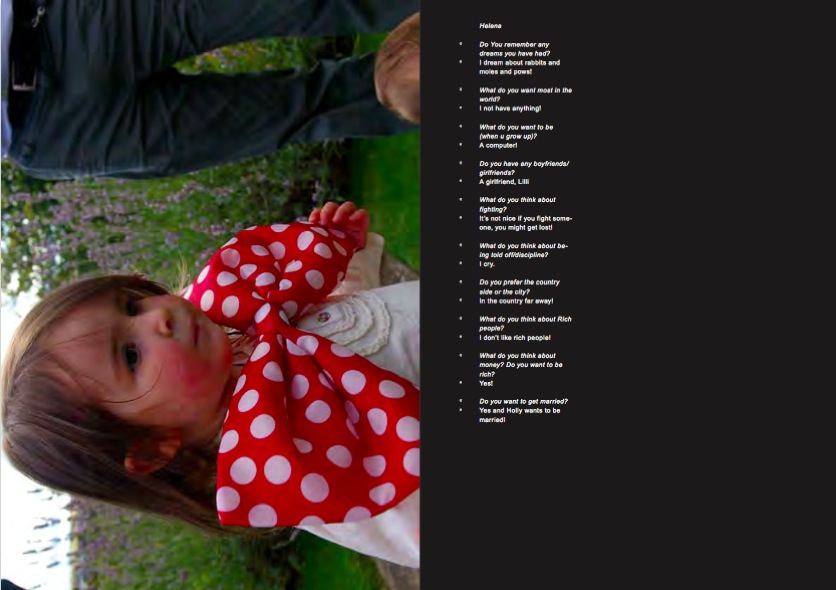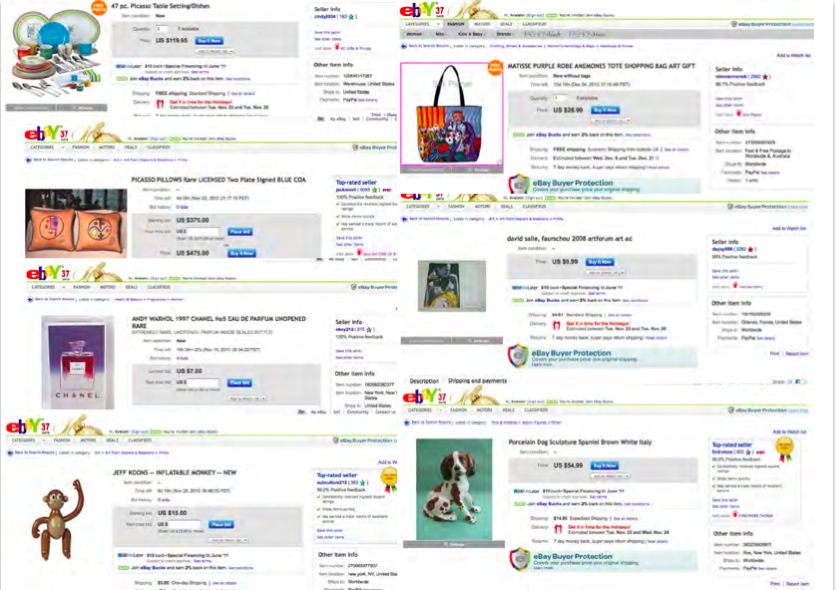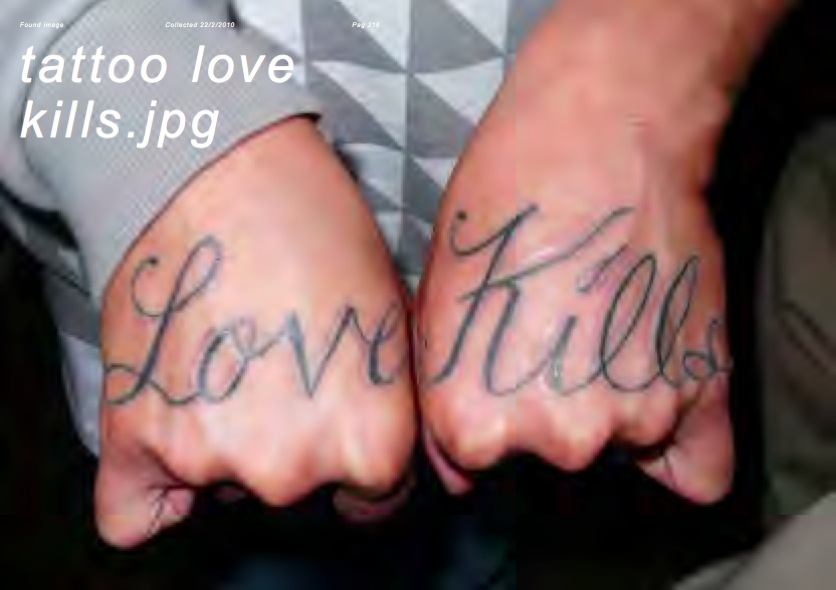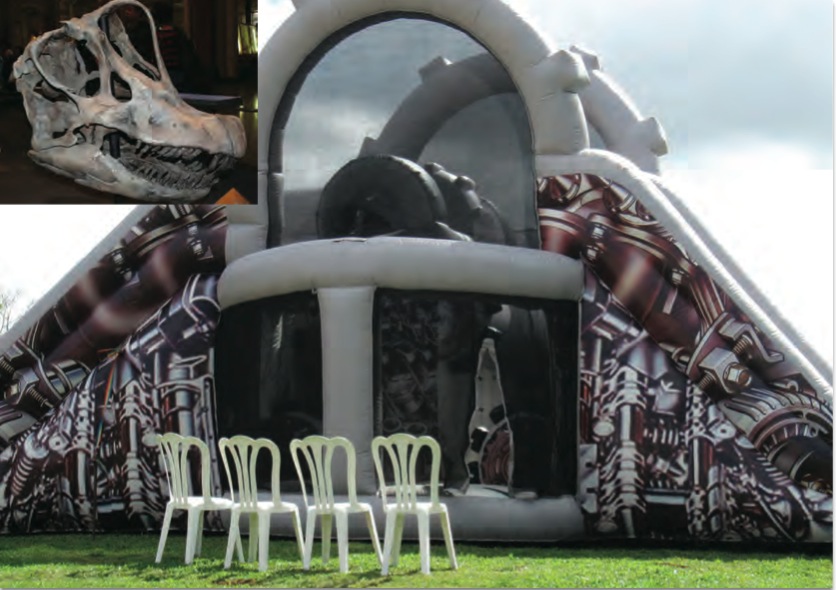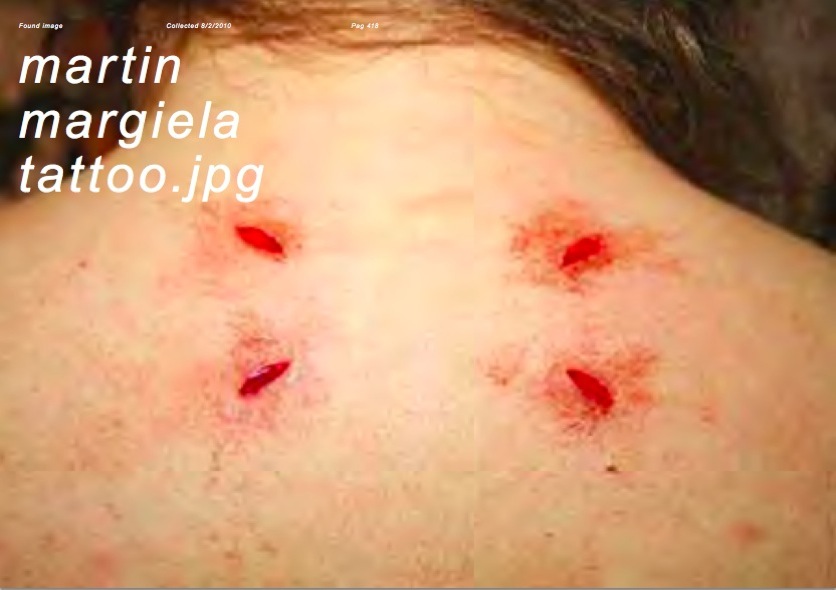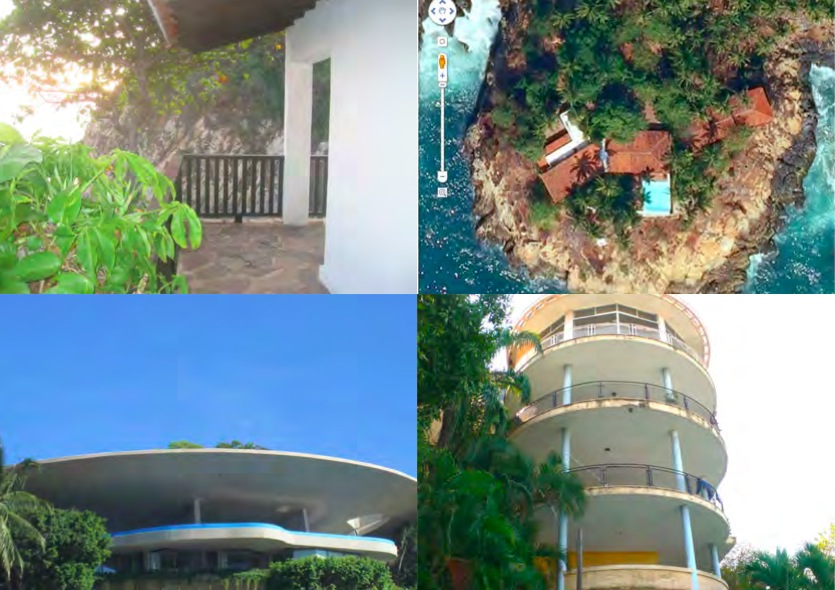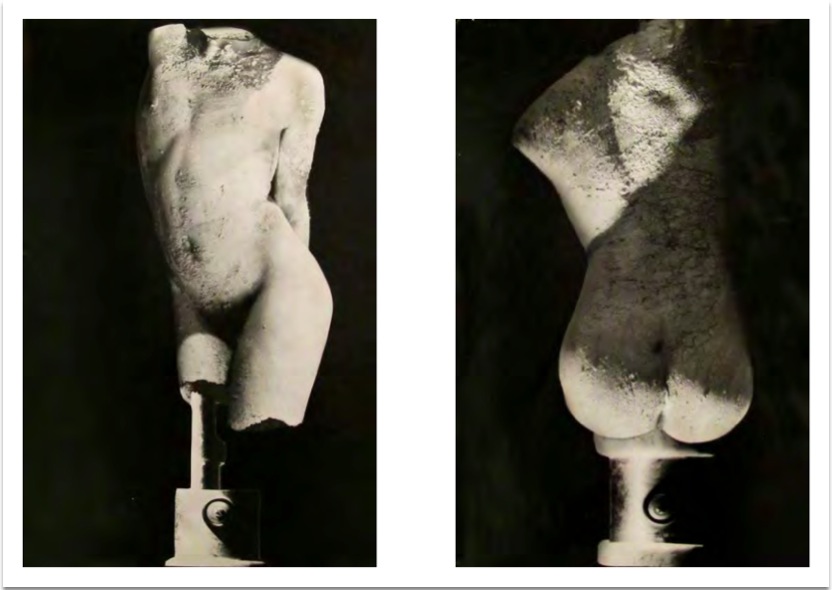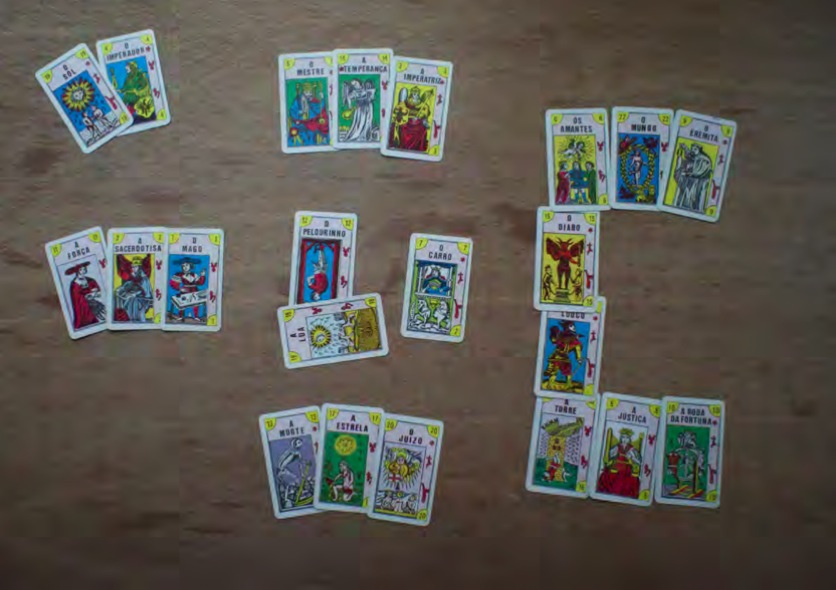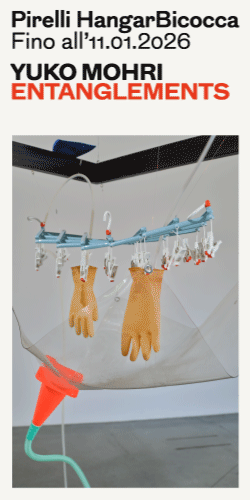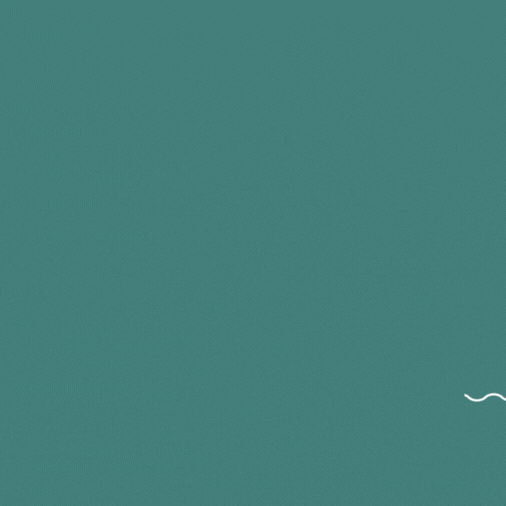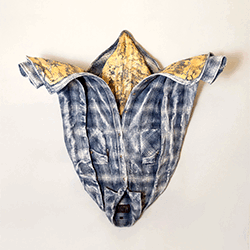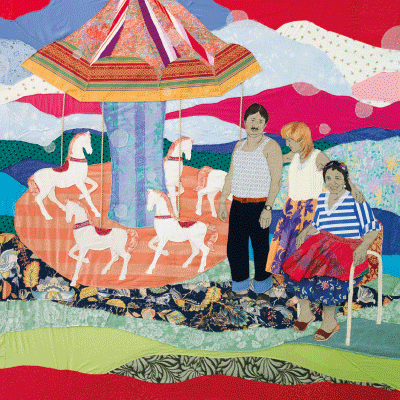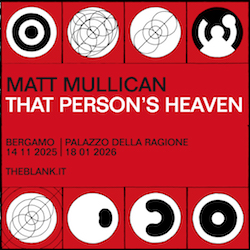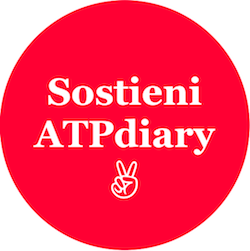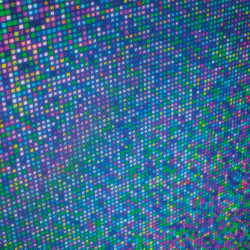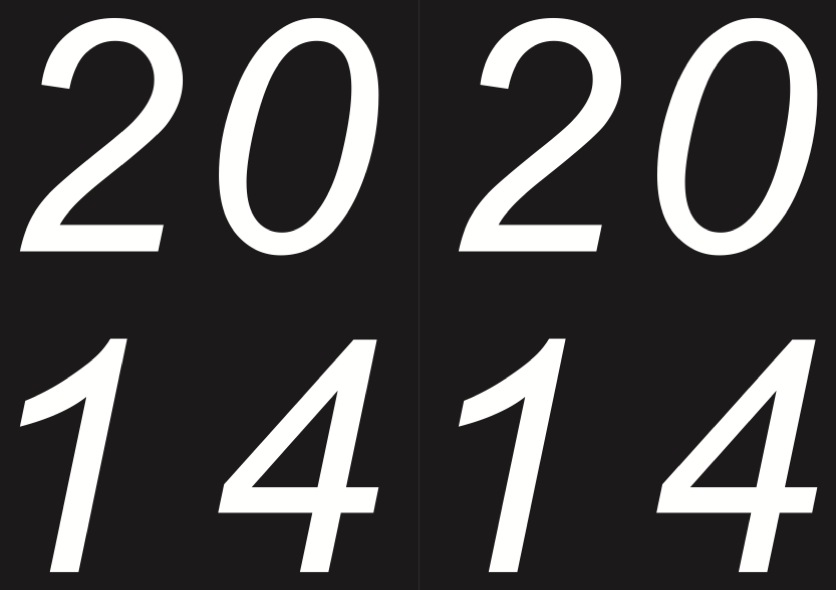
(Scroll down for the English version)
Alcune domande a Luca Lo Pinto (Curatore Indipendente, Roma / Direttore, NERO Magazine, Roma), curatore del progetto speciale 2014 series: tre conversazioni sul tema del tempo in relazione al fare arte, alla curatela e alla critica. Queste conversazioni sono parte del progetto più ampio sarà 2014: nuova pubblicazione quinquennale concepita come una time-capsule dedicata a progetti d’artista, saggi, testi rieditati, immagini trovate, vecchie pubblicità.
ATP: Su cosa vertono le conversazioni che hai curato per questa edizione del Miart?
L.L.P.: Il programma di conversazioni prende spunto da un progetto, 2014, sul quale lavoro da diversi anni. E’ una pubblicazione concepita come una capsula del tempo. Il tempo e la temporalità di conseguenza sono gli strumenti che hanno determinato la cornice all’interno della quale sviluppare le conversazioni. Essendo un argomento vastissimo, ho scelto di declinarlo attraverso tre concetti specifici: “time based work” (Joerg Heiser e David Lamelas), “time based exhibition” (Marcella Lista e Joan Jonas) e “time capsule” (Nav Haq e Akram Zaatari).
ATP: Con quale criterio hai scelto i relatori?
L.L.P.: Ovviamente rispetto ai temi trattati. Visto il contesto e il tempo a disposizione, ho cercato di strutturare gli incontri su temi non troppo generici in modo da veicolare la conversazione verso una direzione chiara.
Chi meglio di David Lamelas, autore di performance come “Time” o opere come “Time as Activity”, è adatto ad una riflessione sul tempo e alle questioni inerenti al suo impiego in un’opera d’arte? Akram Zaatari, per fare un altro esempio, l’ho invitato dopo avere visto il suo intervento all’ultima Documenta dove, con un atto di preservazione radicale, ha sotterrato nel Karlsruhe Park sedici casse di legno contenenti una serie di suoi dipinti che non saranno mai più disvelati.
ATP: In merito a 2014, invece, m i racconti brevemente il progetto editoriale?
L.L.P.: Si tratta di una pubblicazione concepita come una time-capsule. 500 pagine di progetti d’artista, testi, immagini, pubblicità raccolti nel 2009/2010 e che sono stati “frozen in time” fino ad oggi. Il titolo è l’anno in cui esce ovvero 2014. E’ un progetto curatoriale che usa il tempo e la temporalità come strumento per capire il mondo e il modo in cui la guardiamo, come cambiano i nostri gusti e le interpretazioni.
Si compone di progetti d’artista realizzati ad hoc (Sterling Ruby, Cyprien Gaillard, Pierre Bismuth, Cory Arcangel, Nina Beier, Mario Garcia Torres, Luigi Ontani, Emilio Prini e molti altri), testi commissionati (Carlo Antonelli, Pablo Leon de la Barra, Andrea Lissoni, Raimundas Malasauskas, Hanne Mugaas, Francesco Stocchi per citarne alcuni), testi ripubblicati, canzoni, foto trovate e vecchie pubblicità. Il design l’ho affidato a Tommaso Garner che è riuscito a restituire al meglio, da un punto di vista visivo, il senso del progetto.
Friday / 28.03.14
15:15 – 16:15
“Time-Based Art”
Jörg Heiser, Co-Editor, frieze; Co-Publisher, frieze d/e, Berlin
David Lamelas, Artist, Los Angeles, London, Buenos Aires
Introduce/Introduction: Luca Lo Pinto
Saturday / 29.03.14
15:15 – 16:15
“Time-Based Exhibitions”
Joan Jonas, Artist, New York
Marcella Lista, Curator, Contemporary Art, Musée du Louvre, Paris
Introduction: Luca Lo Pinto
Sunday / 30.03.2014
15:15 – 16:15
“Time Capsule”
Nav Haq, Curator, MuHKA, Antwerp
Akram Zaatari, Artist, Beirut
Introduction: Luca Lo Pinto
VUOI CONTRIBUIRE AL PROGETTO?
? http://www.indiegogo.com/projects/2014–2016

The series of special miartalks will continue, this time around in collaboration with an innovative publishing project: 2014 series—three conversations on the theme of time in relation to making art, curating and criticism—will be produced in collaboration with 2014, the new quinquennial publication conceived as a time capsule containing artists’ projects, essays, reprinted texts, found images and old advertising, a project by Luca Lo Pinto, Independent Curator, Rome / Editor-in-Chief of NERO Magazine, Rome.
ATP: What’s the focus of the conversations you curated for this edition of Miart?
Luca Lo Pinto: The program of conversations takes the cue from “2014”, a project I’ve been working on since several years. It’s a publication conceived as a time capsule. Time, and thereby temporality, are the tools that have determined the framework within which the conversations are developed. Being a huge topic, I chose to decline it through three specific concepts: “time-based work” (Joerg Heiser and David Lamelas), “time-based exhibition” (Marcella Lista and Joan Jonas) and “time capsule” (Nav Haq and Akram Zaatari ).
ATP: What’s the criteria you used to choose the speakers?
L.L.P.: Obviously regarding the topics covered. Given the context and the time available, I have tried to structure the meetings on topics not too general to convey the conversation towards a clear direction. Who better than David Lamelas, the author of performances such as “Time” or works such as “Time as Activity”, is suitable for a reflection on time and issues related to its use in a work of art? Akram Zaatari, to take another example, I invited him after seeing his intervention in the last Documenta where, with a radical act of preservation, he has buried in Karlsruhe Park sixteen wooden boxes containing a series of his paintings which won’t ever be shown.
ATP: Could you briefly tell me about the publishing project “2014”?
It’s a publication conceived as a time-capsule. 500 pages of artists’ projects, texts, images, advertising collected in 2009/2010 and which were “frozen in time” until today.
The title is the year in which it will be released, i.e. 2014. It’s a curatorial project that uses time and temporality as a tool to understand the world and the way we look, how our tastes and interpretations change.
It consists of artists’ projects produced specifically (Sterling Ruby, Cyprien Gaillard, Pierre Bismuth, Cory Arcangel, Nina Beier, Mario Garcia Torres, Luigi Ontani, Emilio Prini and many others), commissioned texts (Carlo Antonelli, Pablo Leon de la Barra, Andrea Lissoni, Raimundas Malasauskas, Hanne Mugaas, Francis Stocchi to name a few), reissued texts, songs, found pictures and old advertisements. I committed the design to Tommaso Garner, who’s been able to give to the project a coherent visual look.
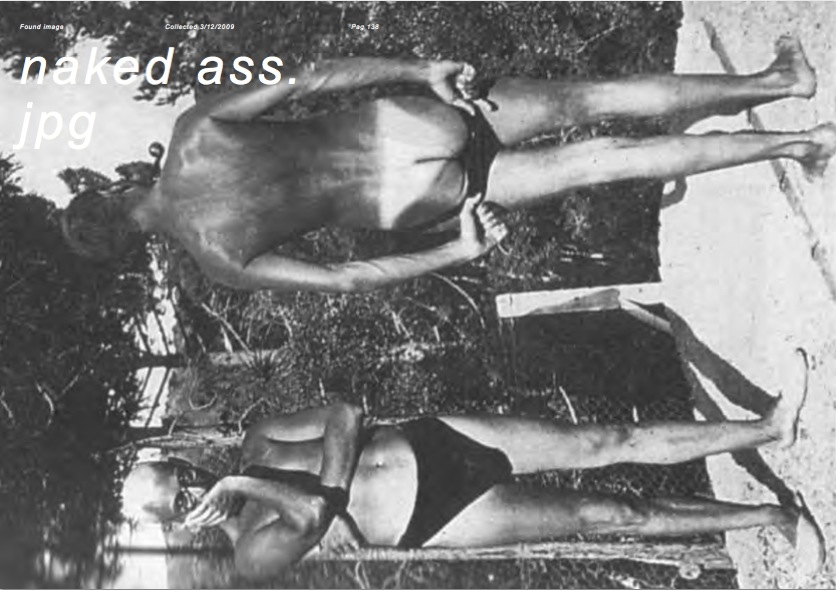
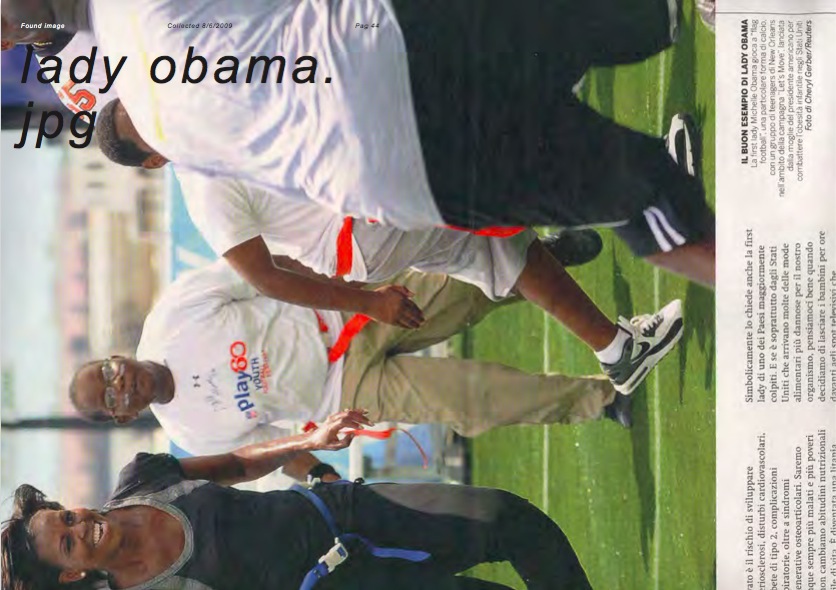
2014
A project by Luca Lo Pinto
Everything around us seems to run quickly. We are not regardless to that. We let us carry away by the speed that surrounds us. We try to travel as much as possible, to collect music as much as possible, to see as many movies as possible. Everything as quick as we can. Nowadays time is gold. The new economy is based on the exploitation of this speed. There is no time to waste for knowing people , programs like facebook, twitter or my space allow you to live the world while seated on a chair. We can do our shopping with a click, make music with a click, the newspapers compete for the latest news. the news is more and more concise and nimble. The advertising adapts to time. The product is not didactly represented anymore, only suggested. It is unveiled with a veil. As regards this vortex of time, that gets us down, the concept of 2014 is to reverse the course. People don’t read much: I make lots of pages. Paper is dead, internet is everything: I make a paper magazine. And most of all, instead of competing for the first place, I compete for the last by making a magazine that comes out every 5 years. I have involved artists, musicians, writers and intellectuals, who I esteem and like at the moment, to contribute to this project in different ways. The magazine will be issued 5 yearly, but its contents will be prepared 3 or 4 years before that. A bit like when as a kid you put a letter, a picture or a newspaper in a box, and then after years you look at it again with new eyes and another perspective. The magazine will always have the same contributors and in this way it will become a sort of portrait of the involved persons, who will age with the project. The magazine does not have a theme. The contents will be text and images. Commissioned texts and already published texts, found images and artists projects. The title of the magazine is its year of issue. The first issue will be in 2014, so the first issue will be called 2014, the second 2019 and so on.
ARTISTS PROJECTS
GIORGIO ANDREOTTA CALO? / CORY ARCANGEL / NINA BEIER / PIERRE BISMUTH / CAROLA BONFILI / JEFF BURTON / SPARTACUS CHETWYND / STANISLAO DI GIUGNO / RA DI MARTINO / ANT FARM / CYPRIEN GAILLARD / MARIO GARCIA TORRES / GELITIN / PIERO GOLIA / MATTHIEU LAURETTE / ALEKSANDRA MIR / JONATHAN MONK / CATERINA NELLI / CARSTEN NICOLAI / OLAF NICOLAI / LUIGI ONTANI / NICOLA PECORARO / PAOLA PIVI / EMILIO PRINI / STERLING RUBY / TERRE THAEMLITZ / WOLFGANG TILLMANS / LUCA VITONE
TEXTS
CARLO ANTONELLI / LUCA CERIZZA / PABLO LEON DE LA BARRA / FRITZ HAEG / ANDREA LISSONI / RAIMUNDAS MALASAUSKAS / MICHELE MANFELLOTTO / VALERIO MANNUCCI / HANNE MUGAAS / MARTEN SPANGBERG / FRANCESCO STOCCHI
REPUBLISHED TEXTS
JAMES FRANCO / DAVID KEENAN / FEDERICO RAMPINI / SIMON REYNOLDS / OLIVER ZAHM / SLAVOJ ZIZEK
FOUND IMAGES
LYRICS
ADVERTISINGS
